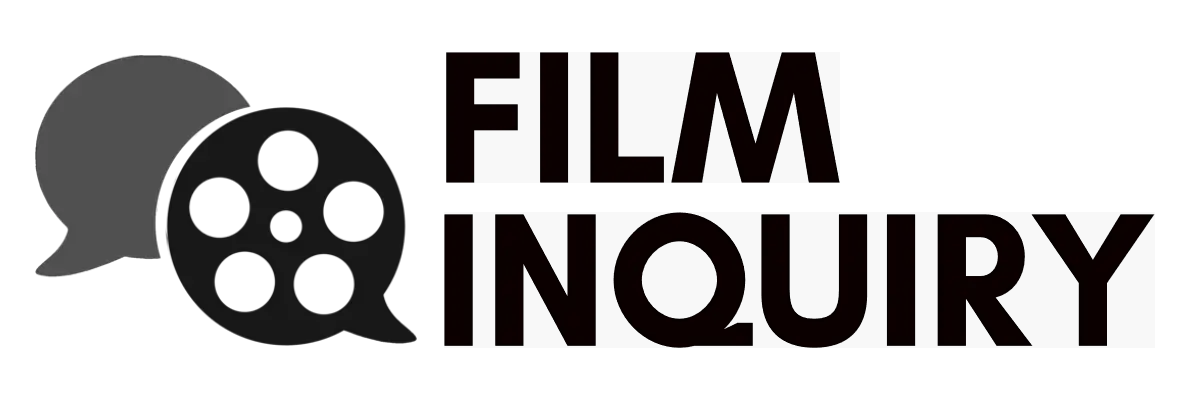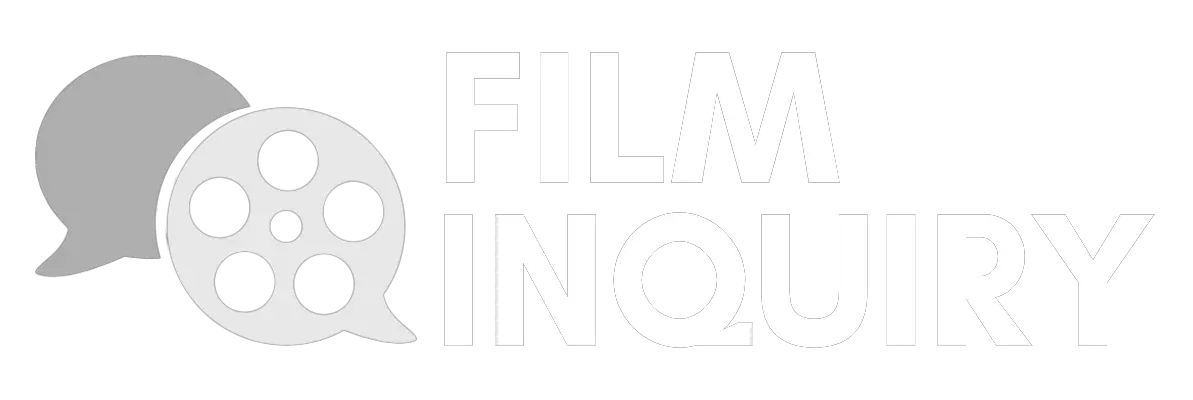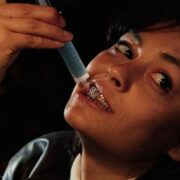London Film Festival 2023: THE KILLER
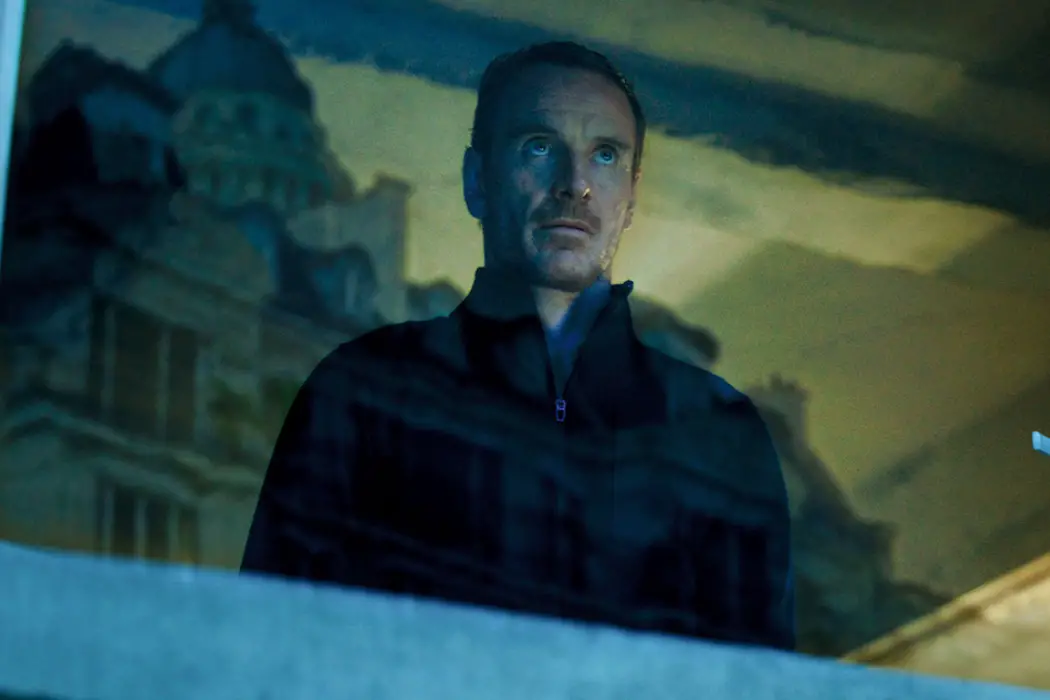
All I know is that Oscar Isaac would make a…
Fincher’s back. Three years after Mank, the monochrome biopic of Citizen Kane’s screenwriter, the Fight Club, Zodiac and The Social Network director David Fincher returns with The Killer, a stylish thriller about an assassin (Michael Fassbender) who travels to do some pro bono elimination when the consequences of a botched job come back to bite him. Sounds like Fincher alright.
A contracted cast
We start off with the throbbing of an unmistakably Trent Reznor and Atticus Ross synth, over a slick and quick ominous opening credits sequence (Fincher seems to be one of the few directors still interested in credit sequences). Then, Fassbender’s anonymous Killer is killing time. He’s stretching, napping and narrating to us his professional worldview, as he waits for his target – five days late – to arrive at the Paris penthouse suite he’s watching from the building opposite.
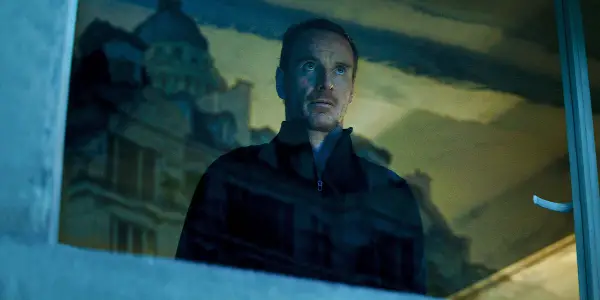
Despite his narration impressing on us the importance of an impersonal focus on the job (which explains the jarring and jangling The Smiths soundtrack – he claims this helps him focus), his attention slips, he misses the target, and shoots the wrong person. Consequences then arrive at his door, and his totem (one of them, at least) to ‘forbid emotion’ goes out the window as he sends himself and the film into a cold tale of revenge.
Except, those emotions stay mostly intact. The plot is driven by his desire for revenge, but the emotions that drive it never really present themselves. It’s nice to have Fassbender back, in his first role since 2019’s X-Men: Dark Phoenix, but over The Killer’s two-hour runtime there’s not a lot for him to do. And for the small supporting cast (Charles Parnell, Tilda Swinton, Arliss Howard), there’s even less.
Commenting on consumerism, continued
Adapted from a French series of graphic novels of the same name, you can see why Fincher is drawn to the material. It peels back a corner of the daily humdrum of society to reveal the darkness lurking just beneath, like so much of his filmography.
The Killer follows Fight Club with a more subtle critique of get-it-all get-it-now consumerism. In the opening section, the Killer does his deadly work from a disused WeWork office. Google Maps and Amazon allow him to get where and what he needs (to murder more people, that is), as quickly and easily as he needs them.
Assassins and who-knows-else are using the same technology and visiting the same Amazon lockers many of us use every day. And with the ease and anonymity Fassbender’s Killer uses them, it almost looks like they’ve been designed for him more than us. This is the film’s most interesting thread.
Fincher’s (almost) typical sharpness
As this is Fincher, it looks unsurprisingly sharp. There are the trademark numerous camera set-ups for even the smallest, most static scenes. There’s that impeccably tight control of the camera where if the head moves half an inch the camera, as though attached to it by invisible string, moves the same half an inch with it.
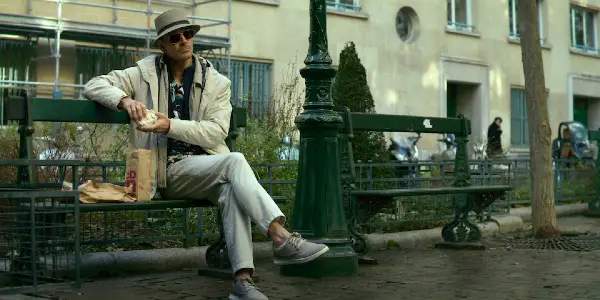
Fincher also lets cinematographer Erik Messerschmidt, working together for the second time after Mank, get looser with his camera and forgo that tight half-inch control, particularly in the film’s middle section as the Killer gets a little looser with his ‘stick to the plan’ mantra. Fittingly with the rest of the film, however, it’s no huge innovation.
A consequence-free killing spree
Before the sub-two-hour runtime was confirmed, there were rumours this would be Fincher’s longest film. That’s the cut I’d like to see, as it feels like the final hour of this one has been lopped off. The mantra that the Killer returns to – stick to the plan; anticipate, don’t improve; forbid empathy – is established early within Fassbender’s narration. (The ratio of Fassbender’s narration to dialogue has to be around 10:1.) As the Killer makes his mistake, and the consequences of that mistake hit home, that mantra begins to creak.
But it never goes further than a creak. The film ends before any real consequences – which most audiences expect from third acts – materialise. Perhaps that’s the point, but it doesn’t feel like it. We’re leaning forward waiting for real peril but, one bone-bruising fight in a Florida apartment aside, are left still leaning when the credits start to roll.
“A swing and a miss”
Recently, Fincher called his 2011 film The Girl With The Dragon Tattoo “a swing and a miss” due to its poor box office performance which, according to the studio, failed to justify completing the planned trilogy. (It took a cool $239 million from a $90 million budget.) Of the film itself, however, he “was proud of it”, he claims.
But it’s as if, to safeguard against another ‘poor’ performance for The Killer’s financers (that famously cash-strapped studio, Netflix), he’s diagnosed why Dragon Tattoo missed the target – over two-and-a-half-hours, sprawling narrative, big cast – and gone the other way with The Killer. It’s a misdiagnosis.
The end result is a film that feels underdeveloped in its script and, as a result, its performances. Fincher’s craftsmanship can’t quite make up for it. “If the movie is great, I’m going to get too much credit,” Fincher said in 2011. “And if the movie sucks, I’m going to get too much blame.” The Killer, well crafted but undercooked, sits somewhere in between.
The Killer is released in US cinemas on 27 October. It will stream on Netflix from 10 November.
Does content like this matter to you?
Become a Member and support film journalism. Unlock access to all of Film Inquiry`s great articles. Join a community of like-minded readers who are passionate about cinema - get access to our private members Network, give back to independent filmmakers, and more.
